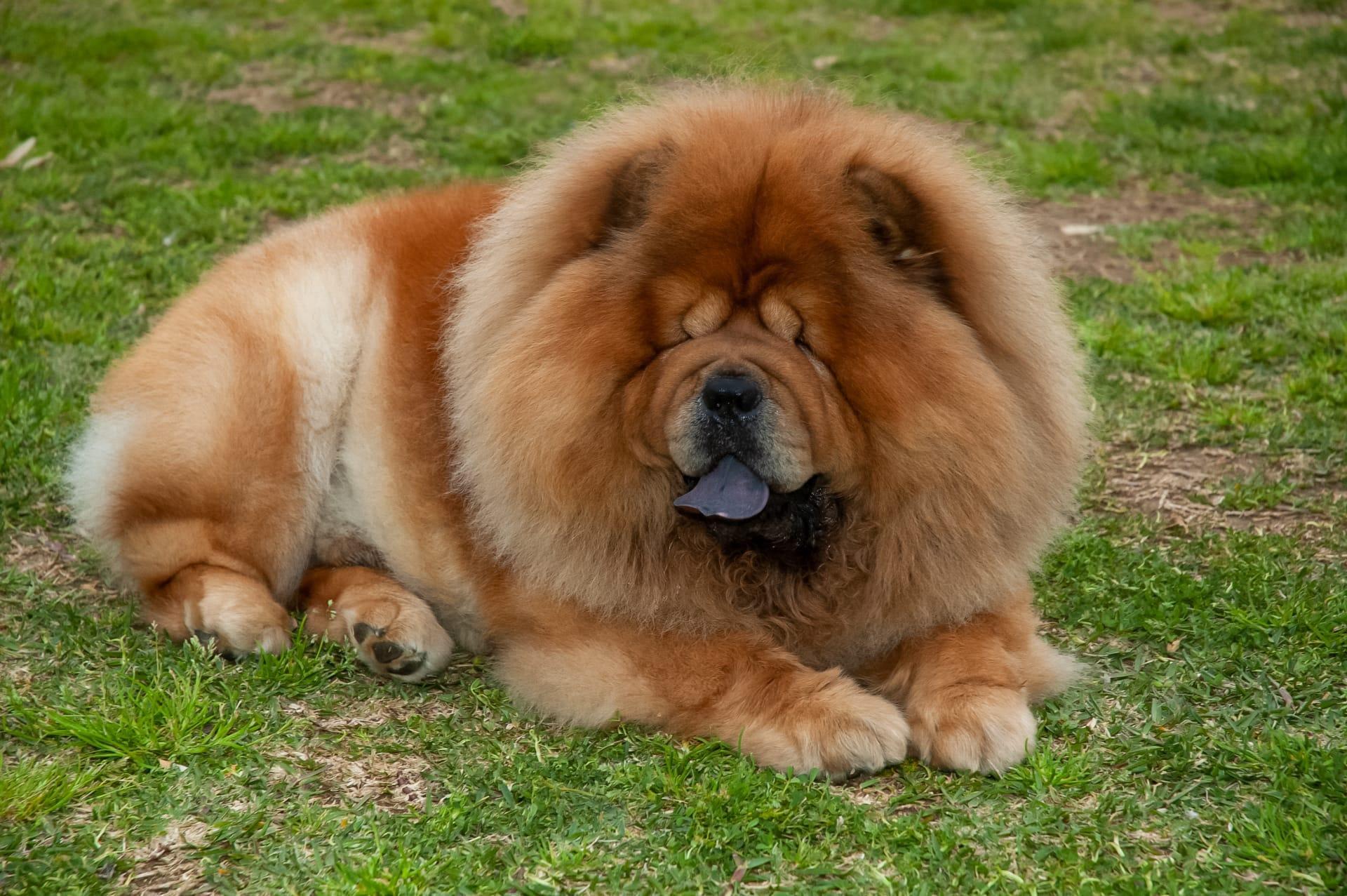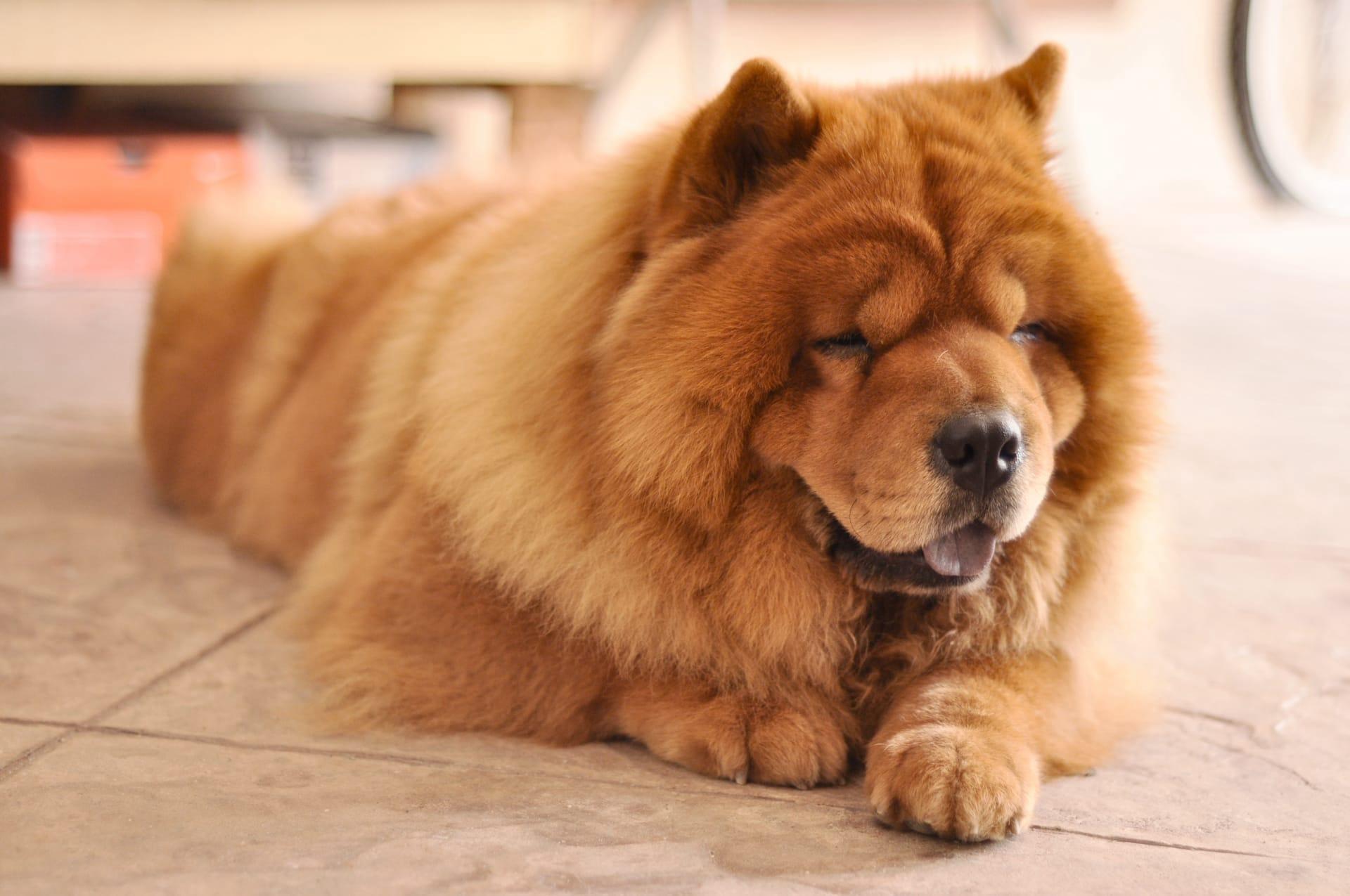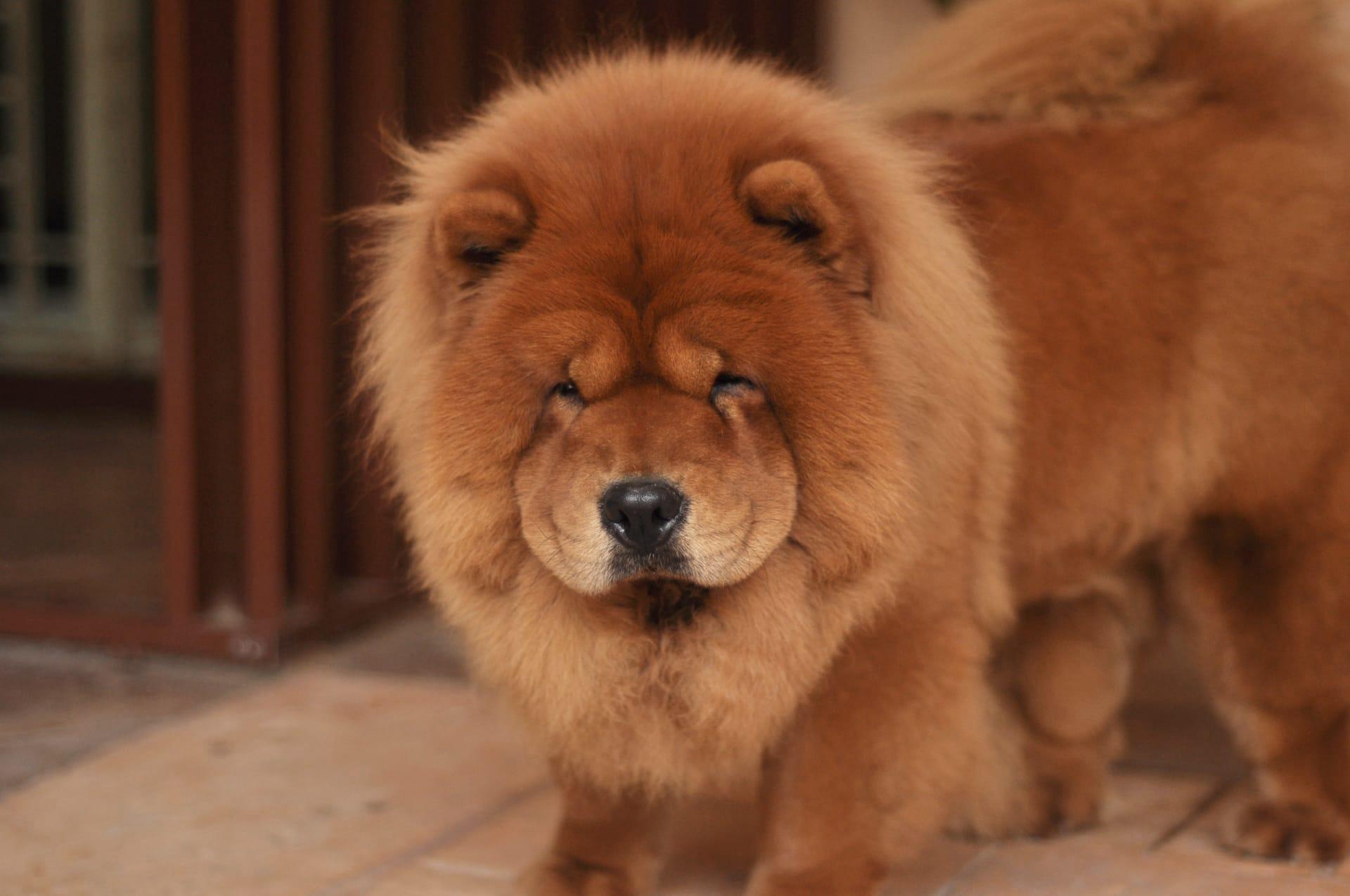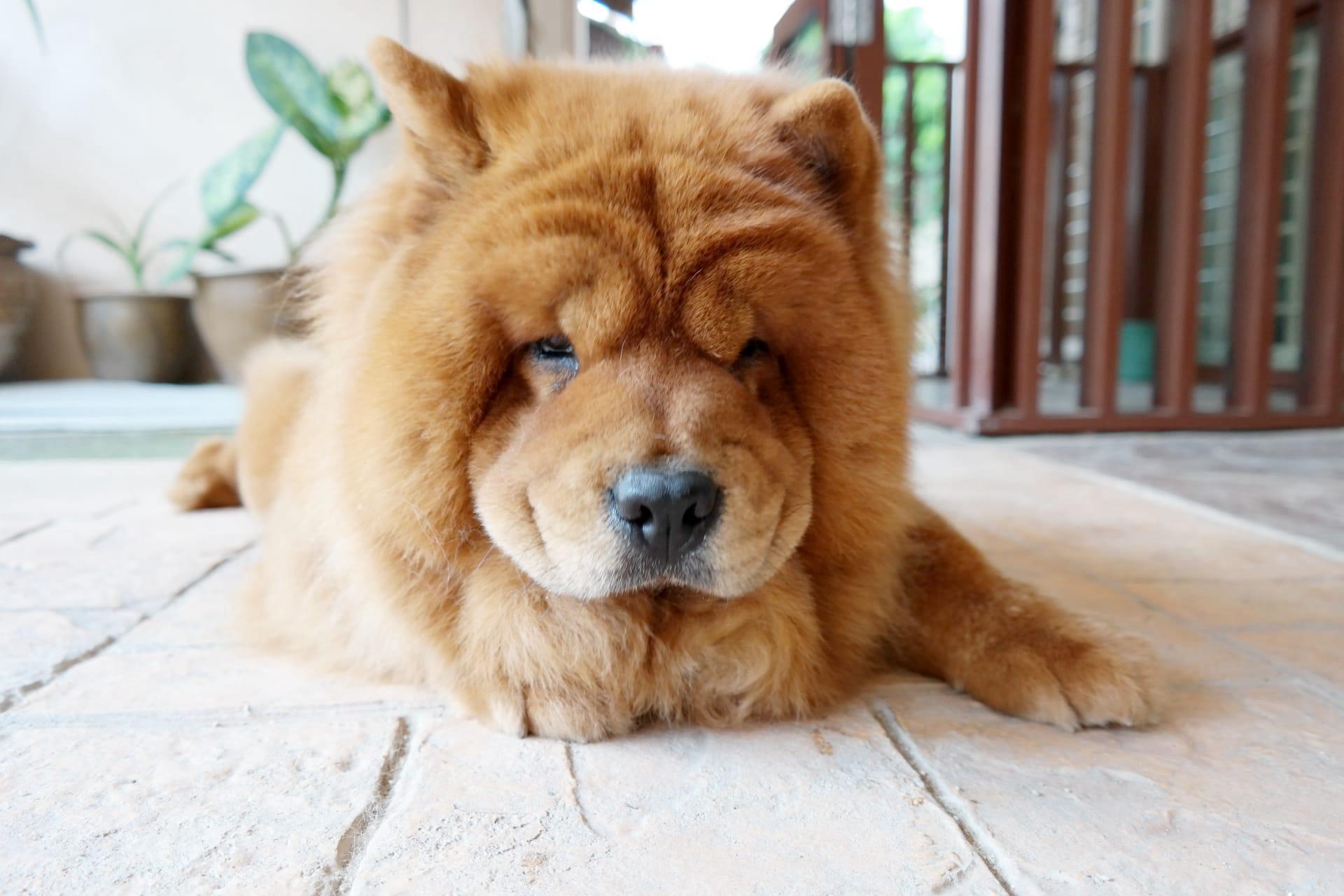1
One of the most distinctive features of the Chow Chow is its unique blue-black tongue, making it one of the few dog breeds with this characteristic. This dark pigmentation extends to their gums, contributing to their striking appearance. The exact cause of this unique trait is not fully understood, but it is believed to be a result of selective breeding over centuries. From the fluffy puppies with pink tongues, the color transformation begins around the 8-10 week mark, gradually darkening to the signature blue-black as they mature.
The Chow Chow's lion-like mane and sturdy build are not just for show; they served a significant purpose in their native China. Historically, Chow Chows were bred as all-purpose dogs, capable of hunting, guarding, and even pulling sleds. Their dense double coat provided much-needed insulation against harsh climates, making them incredibly resilient. The breed's versatility and strength were highly valued, with their ancestry tracing back over 2,000 years, making them one of the world's oldest dog breeds.

2
Chow Chows have a unique walking style that sets them apart from other dog breeds. Their straight hind legs give them a somewhat stilted gait, resembling the march of a soldier rather than the fluid motion seen in most dogs. This distinctive walk can be attributed to their unique skeletal structure, which also contributes to their dignified and aloof demeanor.
Despite their somewhat imposing appearance, Chow Chows are known for their deep loyalty and attachment to their families. This breed tends to form a strong bond with one or two people, often becoming incredibly protective of their chosen humans. Their loyalty is so profound that they have been known to mourn the loss of their owners deeply, showcasing a level of emotional depth that belies their stoic exterior.

3
Chow Chows are not just about looks; their intelligence is a force to be reckoned with. However, their smartness comes with a strong-willed nature, making them more challenging to train than some other breeds. They respond best to positive reinforcement and consistent, patient training methods. Their independent streak means they are less likely to blindly follow commands without seeing a good reason to do so, making them more suited for experienced dog owners.
In terms of health, Chow Chows are generally robust, but they do have a predisposition to certain genetic conditions. One of the most common issues is hip dysplasia, a malformation of the hip joint that can lead to arthritis and mobility problems. Regular vet check-ups and a healthy lifestyle can mitigate some of these risks, emphasizing the need for prospective Chow Chow owners to be prepared for responsible, proactive pet care.

4
The Chow Chow's coat is one of its most stunning features, coming in several colors including red, black, blue, cinnamon, and cream. Their lush double coat requires regular grooming to maintain its condition and manage shedding. This breed experiences seasonal "blowouts," where they shed their undercoat in large amounts, necessitating more frequent grooming sessions during these periods to keep their coat healthy and manageable.
Chow Chows have a history that ties them to Chinese nobility and culture. They were not only valued as guard and hunting dogs but also held in high regard by Chinese emperors and nobles. The breed's dignified and regal appearance was much admired, and they were often depicted in Chinese art and pottery, symbolizing good fortune and protection. Their historical significance adds a layer of cultural heritage to owning a Chow Chow, connecting pet owners to an ancient lineage of revered canines.

5
The Chow Chow's aloof and reserved nature often leads them to be misunderstood as unfriendly. However, this breed simply possesses a more discerning personality, choosing when and with whom to show affection. Their independence means they are less needy and more content to have alone time, which can be an advantage for owners with a busy lifestyle. Understanding and respecting their need for space can lead to a harmonious relationship between Chow Chows and their human companions.
Chow Chows have a relatively low-pitched bark, which they use sparingly. They are not known to be excessive barkers, which is ideal for those seeking a quieter canine companion. When a Chow Chow does choose to vocalize, it's often for a reason, such as alerting their family to the presence of strangers. This selective use of their voice adds to their mystique, making every communication seem thoughtful and deliberate.